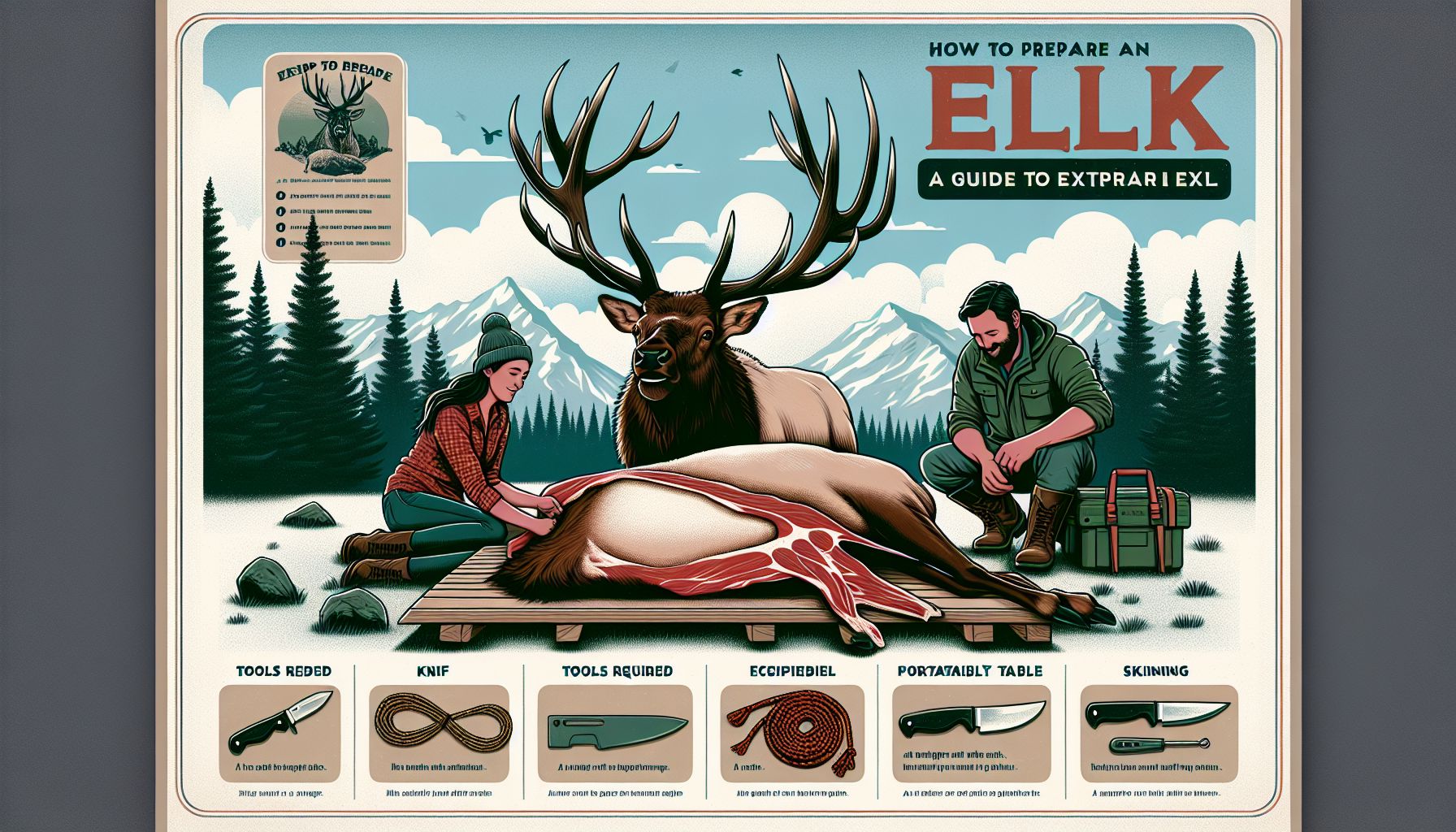How to Skin an Elk: A Guide for Outdoor Enthusiasts

For outdoor enthusiasts, campers, and families who enjoy spending time in the wilderness, learning how to skin an elk can be a valuable skill to have. Not only does it provide you with a source of food, but it also allows you to fully embrace the thrill of the hunt and make the most of your outdoor experience. In this guide, we will walk you through the step-by-step process of skinning an elk, from start to finish.
Introduction
Before you begin the process of skinning an elk, it is important to ensure that you have all the necessary tools on hand. You will need a sharp hunting knife, a bone saw, and a sturdy pair of gloves to protect your hands. Additionally, having a clean workspace and plenty of space to work in is essential.
Body
-
Locate a suitable location: Once you have successfully harvested an elk, the first step in skinning it is to find a flat and level area to work in. This will make the process much easier and more efficient.
-
Secure the elk: Before you can begin skinning the elk, you will need to secure it in place. This can be done by tying its legs together or using a sturdy tree branch to hang it from.
-
Make the initial incision: Using your hunting knife, carefully make a small incision along the belly of the elk. Be sure to cut through the skin and fatty tissue, but avoid puncturing the internal organs.
-
Begin skinning the elk: Once you have made the initial incision, start peeling back the skin from the body of the elk. Use your knife to carefully separate the skin from the meat, working your way towards the legs and head.
-
Remove the skin: As you continue to peel back the skin, you will eventually be able to remove it completely from the elk’s body. Be sure to take your time and work carefully to avoid tearing the skin.
-
Process the meat: Once you have successfully skinned the elk, you can begin processing the meat. Use your bone saw to cut the elk into manageable pieces, which can be used for cooking or preserving.
Conclusion
Learning how to skin an elk is a valuable skill for outdoor enthusiasts, campers, and families who enjoy spending time in the wilderness. By following the steps outlined in this guide, you can make the most of your outdoor experience and fully embrace the thrill of the hunt. So next time you find yourself in the forest, remember to pack your hunting knife and gloves, and get ready to skin an elk like a pro.
In addition to the thrill of the hunt, skinned elk can provide a delicious source of food for you to enjoy. Whether you choose to cook the meat over an open fire or preserve it for later, the possibilities are endless. So why not add skinning an elk to your list of outdoor skills and make the most of your time in the great outdoors.